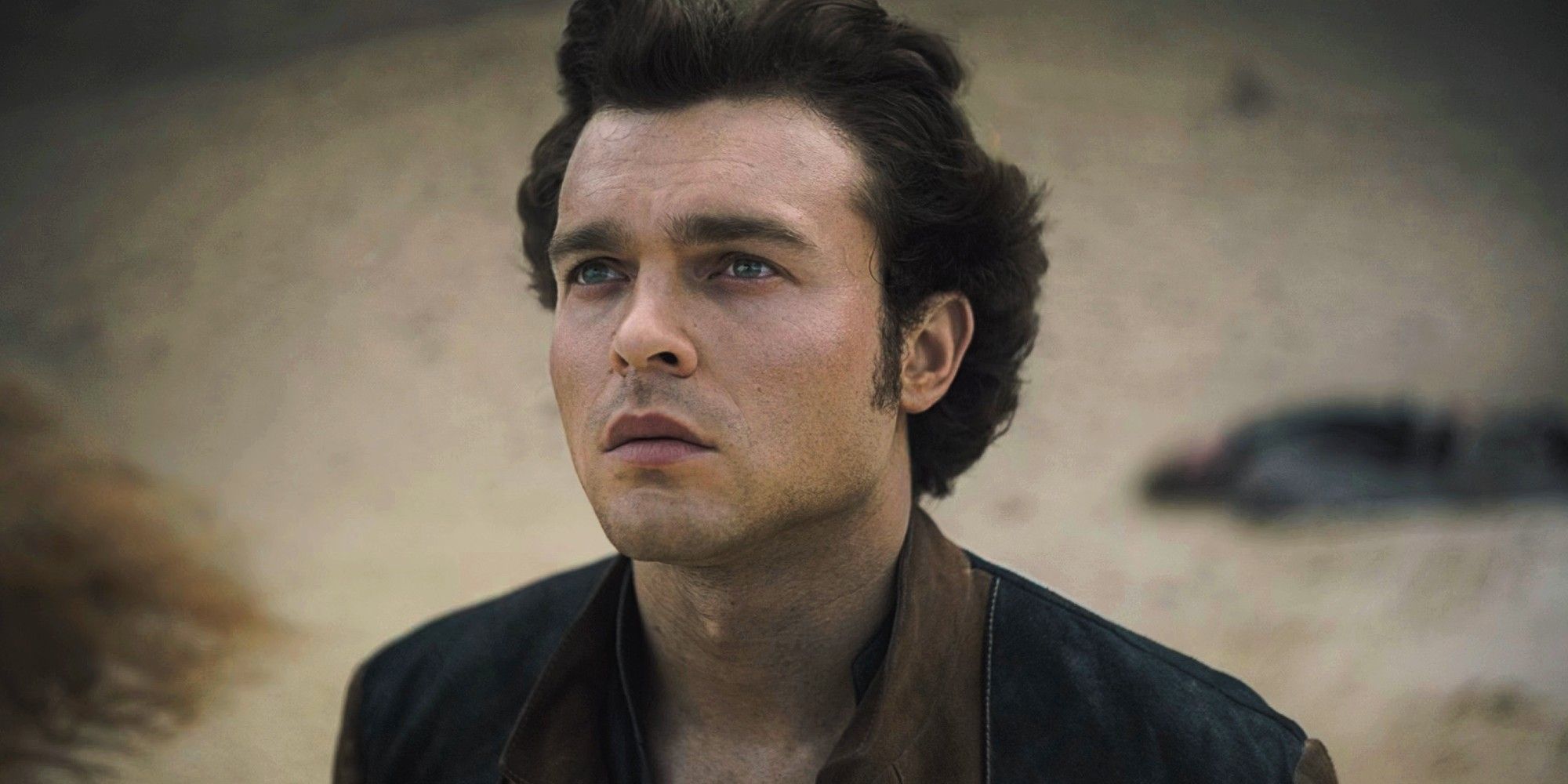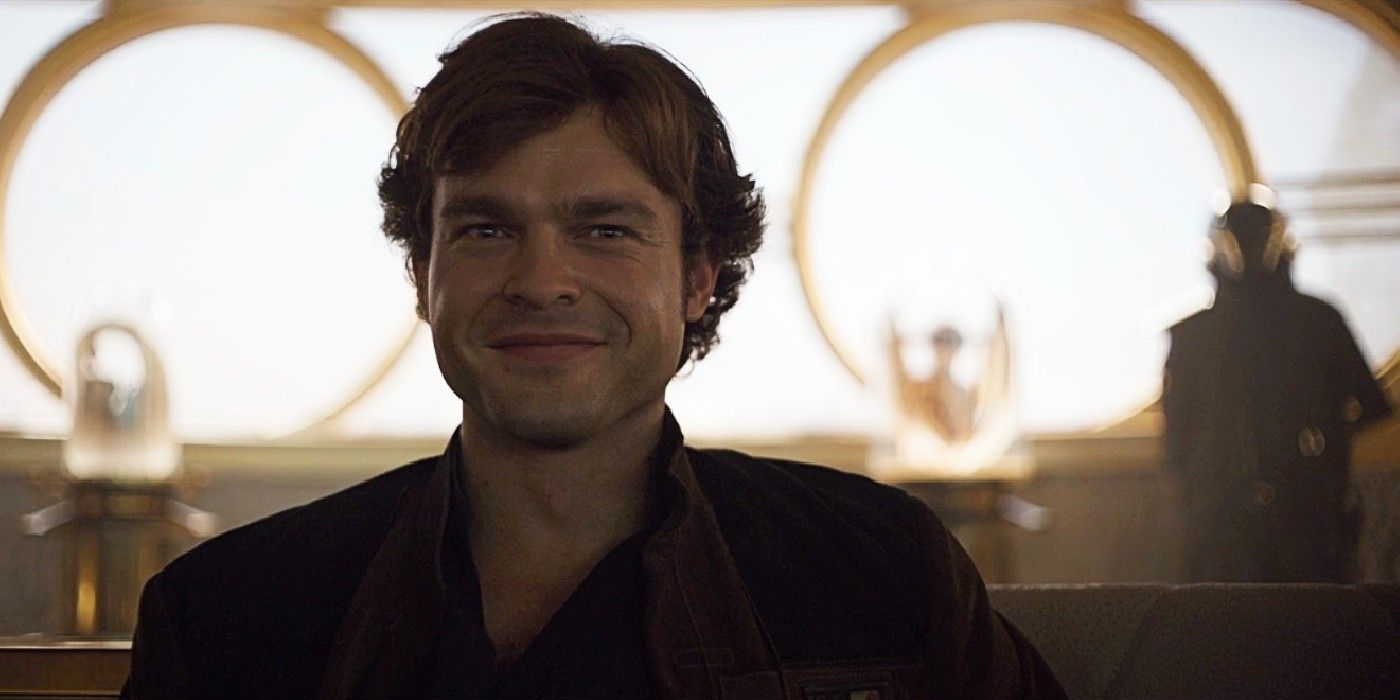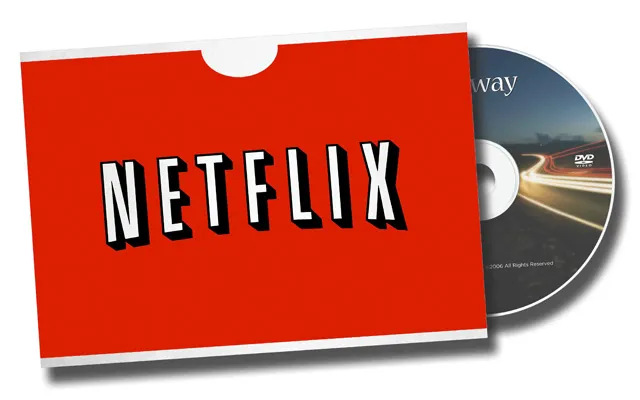[ad_1]
Ron Howard opens up about why the Solo prequel movie failed, with the Star Wars director citing too much nostalgia as a negative hurdle to overcome.
While it’s garnered a cult following today, Ron Howard opens up about why Solo: A Star Wars Story failed at the box office. The 2018 anthology film acted as a prequel to the 1977 franchise launcher, exploring the origin story of Harrison Ford’s eponymous smuggler, only with Alden Ehrenreich taking over the role from Ford as he first meets the likes of Chewbacca and Lando Calrissian, played by Donald Glover instead of Billy Dee Williams. Expectations were high heading into Solo: A Star Wars Story‘s release given the success of prior anthology film Rogue One, but proved to be a disappointment, scoring mixed-to-positive reviews from critics and audiences alike and grossing just shy of $400 million against its reported $300 million production budget.
In a recent interview with NME, Ron Howard reflected on his time with Solo: A Star Wars Story and the film’s box office failure. The Star Wars prequel director shared his thoughts on why the film flopped upon its release, pointing towards the level of nostalgia for the Lucasfilm franchise and that fans weren’t ready to see such a story brought to life. See what Howard explained below:
Maybe it’s the idea that it’s too nostalgic. That going back and revisiting an origin story for a beloved character may not be what the fans were looking for. I loved the way it played to audiences, which I witnessed.
What Went Wrong With Solo
While some have argued the lack of need for an origin for the character was a major hurdle to overcome, one of the bigger reasons for Solo: A Star Wars Story‘s downfall was its troubled production cycle. Phil Lord and Christopher Miller, the duo behind the 21 Jump Street and Lego Movie franchises, were initially tapped to helm the Star Wars prequel movie, but were memorably fired a good portion of the way through production, with creative differences cited as the reason for their departure. Lucasfilm would later bring on Ron Howard to close out the film, though due to scheduling conflicts for some cast members, and the creative push from future Willow showrunner Jonathan Kasdan, much of Solo: A Star Wars Story had to be reshot, namely its central villain as Paul Bettany was brought in to replace Michael K. Williams.
Shuffling around directors in a production is never an easy thing to overcome, but even less so with a project as risky as Solo: A Star Wars Story. Rather than take the time to ensure they were putting out the best quality effort, Lucasfilm rushed to complete the prequel in time for its May 2018 release date, leaving many reviewers to criticize the film for its inconsistent tone, believing it obvious to notice the difference between Lord and Miller’s approach and Howard’s. Warner Bros.’ Justice League film suffered a similar fate the year prior after the studio brought in Joss Whedon to replace Zack Snyder and rewrite and reshoot much of the DC Universe film, leading to it similarly bombing at the box office and scoring generally mixed reviews from critics and audiences.
Why Solo Failing Was Good For Star Wars
Though it may not have the same dedicated fanbase as the DCU film that led to Zack Snyder’s Justice League, Solo: A Star Wars Story failing at the box office ultimately proved to be for the better outcome for the franchise. Initially putting Lucasfilm’s anthology plans on pause, it would eventually lead to the creation of The Mandalorian at Disney+ and the multiple other Star Wars shows at the streaming platform that had been originally conceived as films, including The Book of Boba Fett and Obi-Wan Kenobi. While some franchise fans have expressed fatigue at the focus on shows over films, one can’t deny that Solo: A Star Wars Story paved the way for a new frontier of storytelling in the series that ultimately saved it.
Source: NME
[ad_2]
Source link



